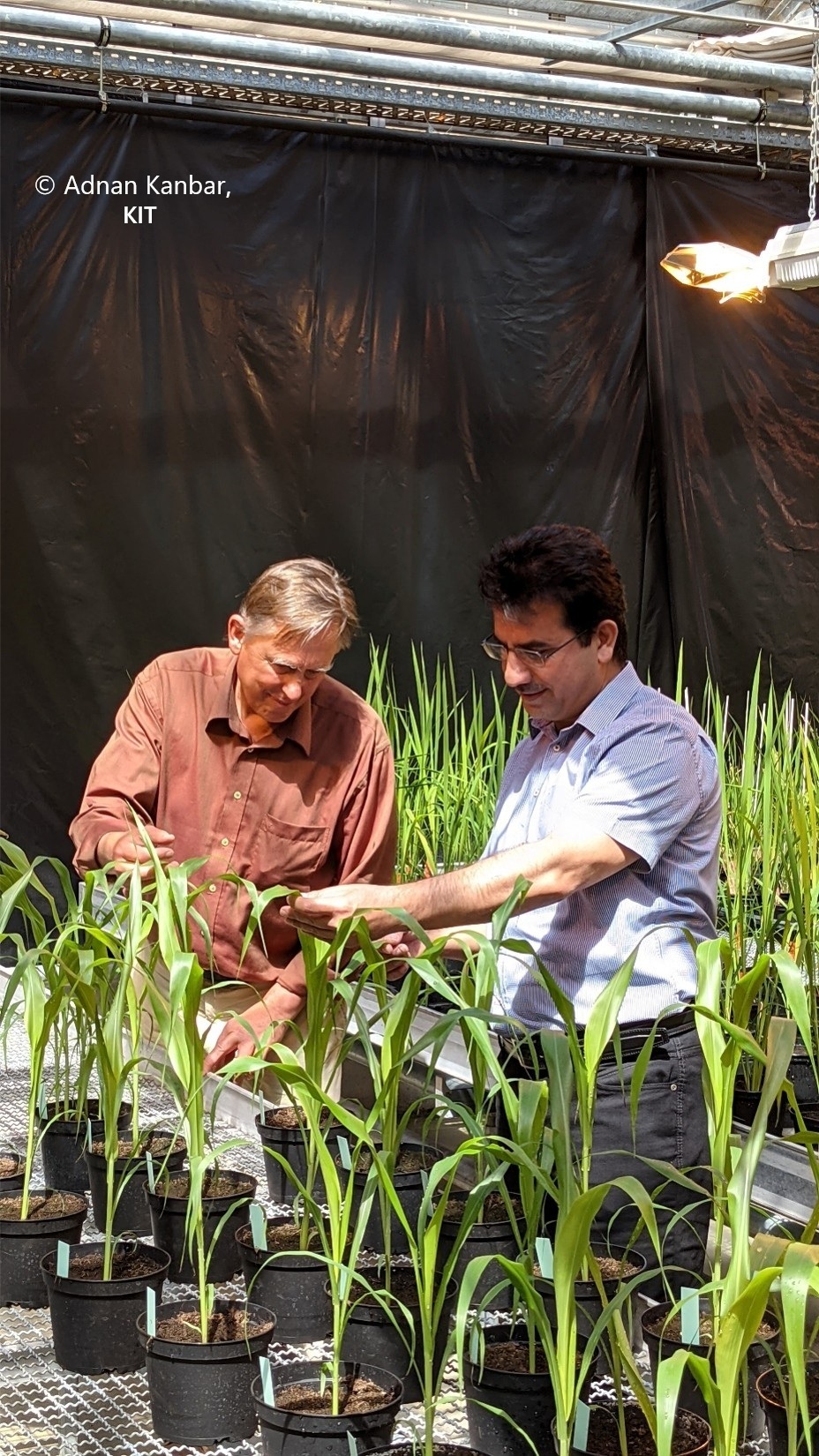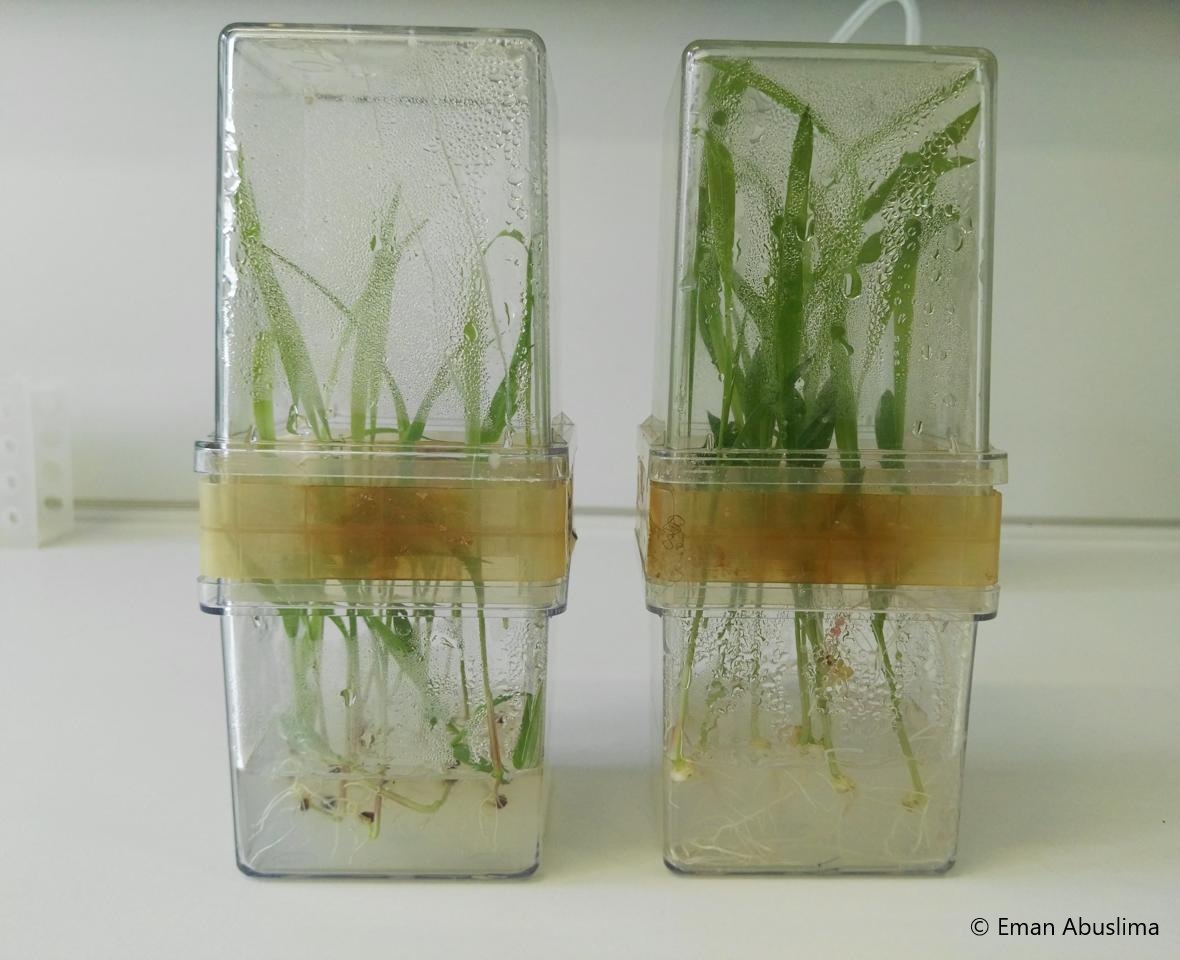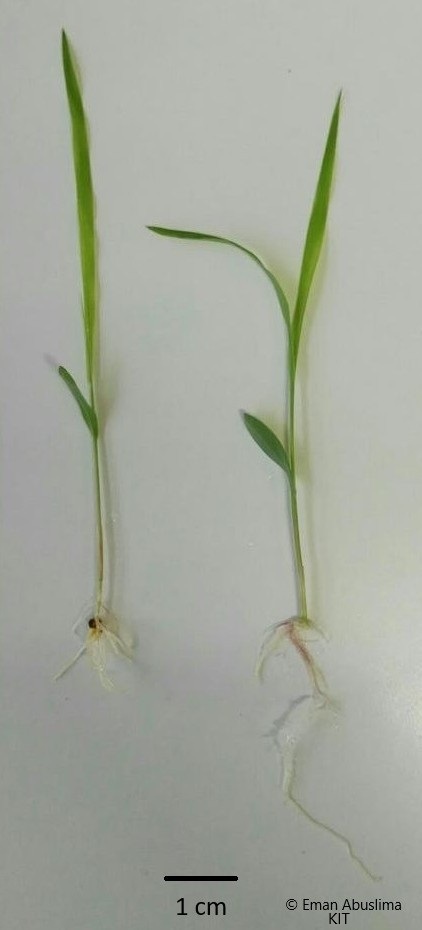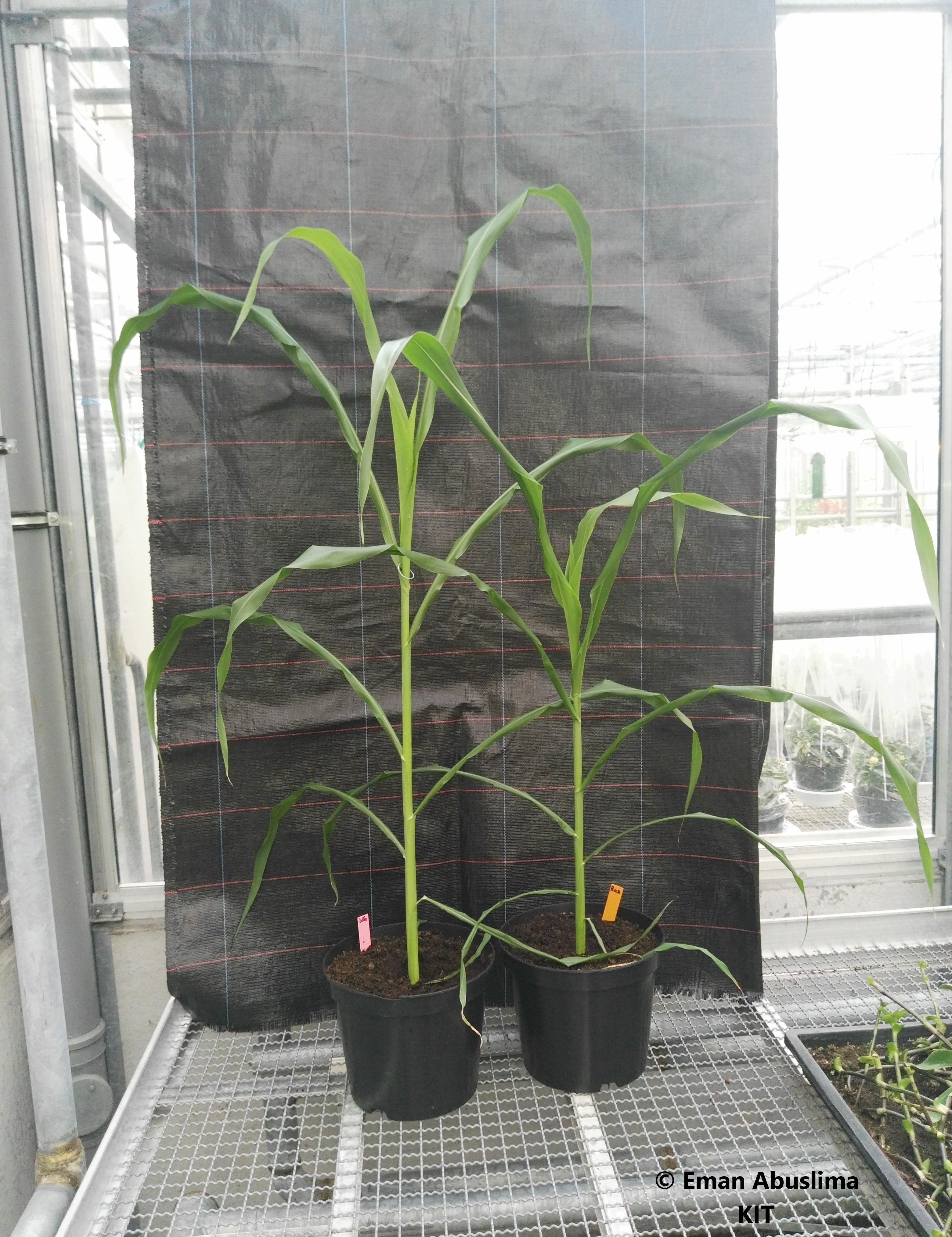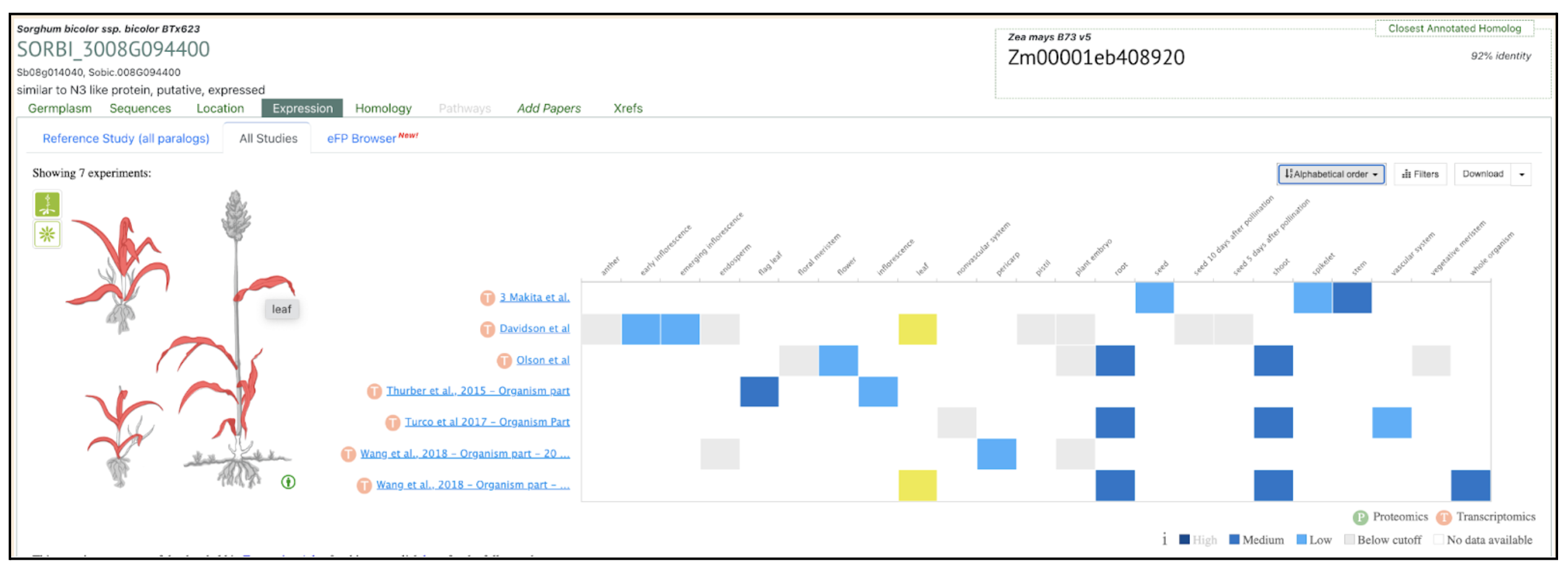Salt tolerance in sorghum is closely linked to hormone-regulated sugar transporter expression that controls resource allocation between roots, stems, and grains during development, enabling stress-resilient genotypes like Della to delay sodium translocation and sustain metabolic balance.
Keywords: SUTs, SWEETs, Salt stress, Sorghum, Sucrose, Sugar transport
The work provides critical insight into the hormone-mediated regulation of sugar transporters under salinity stress, demonstrating how genotypic variation in spatiotemporal expression patterns—particularly of SbSUT6 and SbSWEET13—underpins contrasting resource allocation strategies in sweet versus grain sorghum, with significant implications for improving stress resilience through targeted breeding. – Abuslima
Salt stress significantly affects sugar partitioning in sorghum, particularly during the transition from vegetative to generative development, with critical implications for salinity tolerance. In salt-tolerant sweet sorghum Della, sucrose is preferentially allocated to the stem and roots, contrasting with the grain-oriented partitioning in salt-sensitive Razinieh. A team of scientists led by researchers at Karlsruhe Institute of Technology discovered that this differential sugar allocation is not reflected by metabolic gene expression, but correlates with the spatial and temporal patterns of sugar transporter genes. In Della, enhanced expression of SbSUT6 and SbSWEET13 in root and internode tissues under salt stress aligns with improved sodium sequestration and delayed shoot translocation, allowing anticipatory metabolic adjustments in leaves. Regulatory assays show that SbSUT6 is induced by methyl jasmonate (MeJA) and SbSWEET13 by abscisic acid (ABA), suggesting a hormone-dependent mechanism that fine-tunes sugar transport under stress. The presence of a CGTCA motif in Della’s SbSWEET13 promoter, absent in Razinieh, links this regulation to MeJA signaling, potentially mediating enhanced sugar transport capacity in response to salinity.
This hormonal crosstalk likely supports the broader strategy of stress resilience through resource allocation, which diverges between sweet and grain sorghum. Sweet sorghum genotypes like Della appear to prioritize vegetative resilience and delayed generative investment, partly due to the loss-of-function mutation at the DRY locus—a NAC transcription factor regulating cell wall biosynthesis and sugar allocation. In contrast, Razinieh rapidly channels resources to seed production, reflecting a default stress escape strategy common in annuals. The expression dynamics of sugar transporters such as SbSWEET13 and SbSUT6, along with associated transcription factors like SbbZIP-TF-TRAB1, underscore the complexity of sugar transport regulation and highlight targets for breeding programs. Field-based investigations into these regulatory mechanisms, alongside exploration of vacuolar transporters and invertases, could bridge the gap between molecular insights and agronomic applications, offering strategies for enhancing crop resilience under abiotic stress.
SorghumBase examples:
The SbSWEET13 gene from this study was picked up to explore it in SorghumBase. (https://www.sorghumbase.org/). The SbSWEET13 corresponds to Sobic.008G094400 and this gene id was used as a keyword to search SorghumBase.
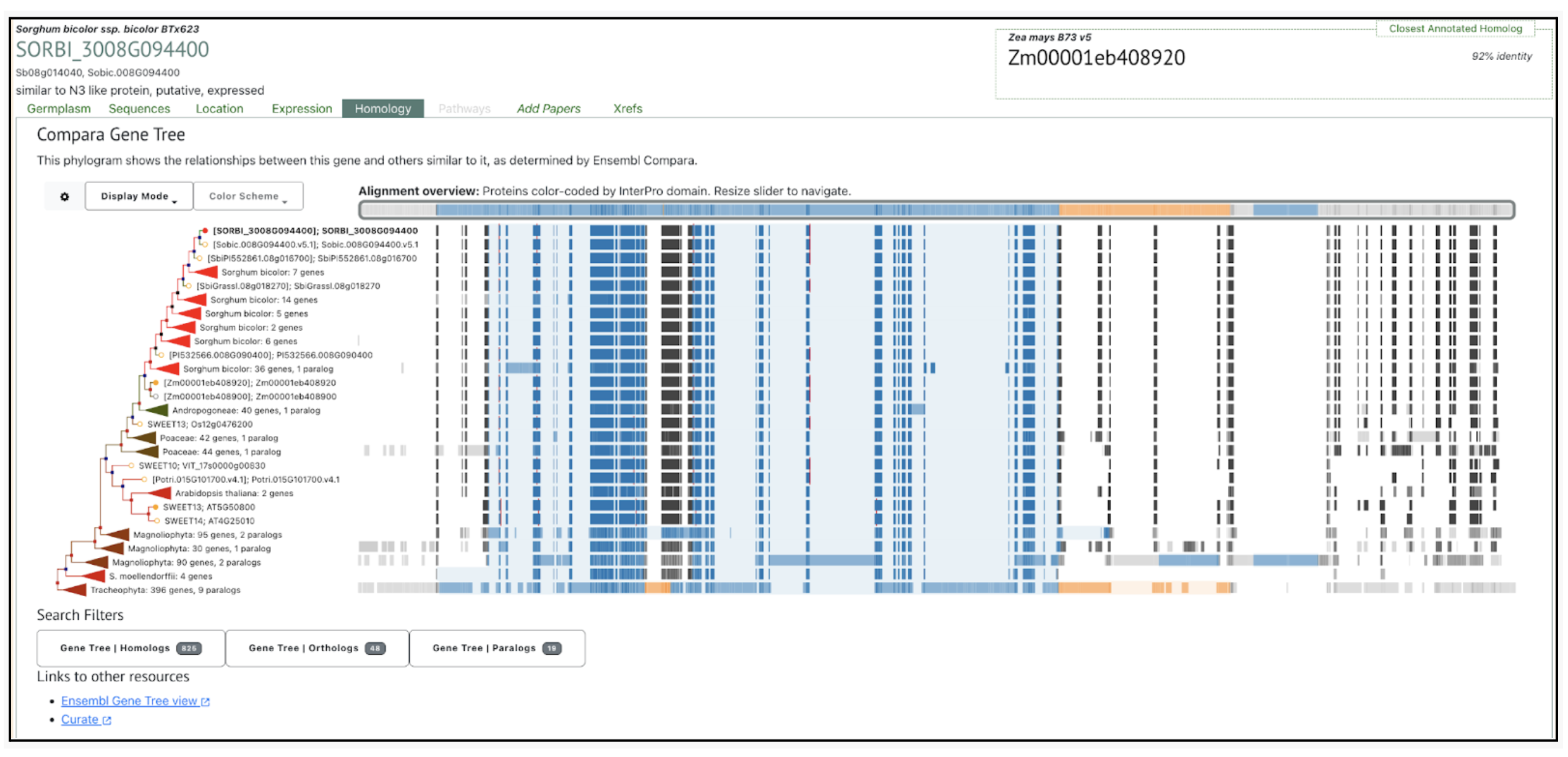
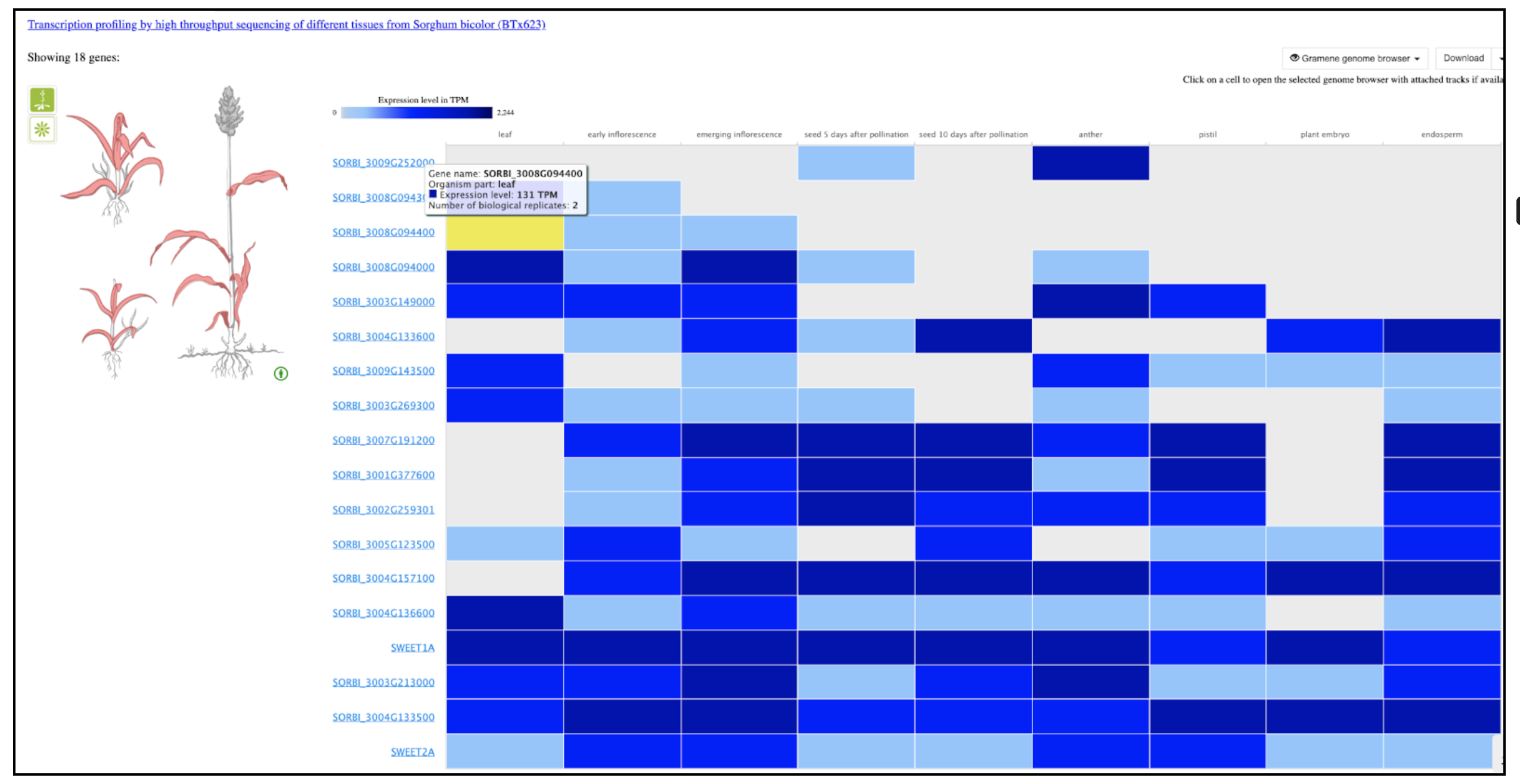
Reference:
Abuslima E, Kanbar A, Ismail A, Raorane ML, Eiche E, El-Sharkawy I, Junker BH, Riemann M, Nick P. Salt stress-induced remodeling of sugar transport: a role for promoter alleles of SWEET13. Sci Rep. 2025 Mar 4;15(1):7580. PMID: 40038325. doi: 10.1038/s41598-025-90432-2. Read more
